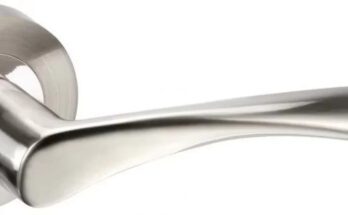Interesting Facts About Pluto
Cosmosmagazine.com reports on some fascinating information and discoveries on Pluto by NASA. A new interesting fact about Pluto is the presence of ammonia and likelihood that Pluto has oceans.
Gaining clarity: views of Pluto from 1930 until the present. Scientists studying data from NASA’s New Horizons space mission have found evidence of ammonia on the surface of Pluto. It’s an exciting find, says Cristina Dalle Ore, a planetary scientist at the Search for Extraterrestrial Intelligence ( SETI ) […]
Click here to view original web page at cosmosmagazine.com
Pluto Planet Solar System
Solar system’s name is derived since dwarf planets, moons, planets and various bodies orbit around sunlight. The system consists of different satellites alongside celestial bodies, eight planets as well as the Sun naturally. Starting with the one nearest to the Sun, the eight planets order is Mercury, Venus, Earth, Mars, Jupiter, Saturn, Uranus, as well as Neptune. The dwarf planets are Ceres, Haumea, Makemake, Eris and Pluto. Mercury is the nearest planet to the Sun, but it is not the most popular despite its proximity to the Sun. Venus gets that honor. When facing the Sun, even though its temperature may reach 450C mercury has no atmosphere, but the temperature drops into -170C.
Order of the planets based on their discovery. Planet like Venus was discovered back in early times. The earliest observations were of Mercury. Astronomers had believed the planet to be two objects. Naked eyes have seen mars. The Pythagoras are credited with the discovery of Venus. Galileo was the first person to discover and moons around Jupiter Saturn via a telescope in 1610. William Herschel discovered Uranus in 1781. Afterwards, d’Arrest and Galle discovered Neptune in 1846. Predictions were made in calculations based on the positions of Jupiter, Saturn and Uranus. It is not feasible to find out Earth’s discovery.
At the sixteenth century, humans realized that it wasn’t center of the universe, but just another planet. Order of planets based on size: The order of planets that vary from the largest size to the lowest are: Jupiter – 142 984 km at these equator -Saturn – 120 536 kilometers -Uranus – 51 118 kilometers -Neptune – 49 532 kilometers -Earth – 12 756.3 km -Venus – 12 103.6km -Mars – 6 794 kilometers -Mercury – 4 880km. The Difference is very understandable as Jupiter and Saturn is gas giants while Neptune as well as Uranus are ice giants. Rest of these planets are smaller in dimension having surfaces of solid rocks. Jupiter is the biggest of all, it’s so large that all these other planets could fit inside it. Order of dwarf planets based on dimension: The dwarf planets ordered according to dimension from biggest to lowest are: Eris – 2400 km in these diameter -Pluto – 2306 kilometers -Makemake – 1500 kilometers -Haumea – 1150 kilometers -Ceres – 974.6 kmOrder of the planets in accordance with the numbers of moons: Moon doesn’t only revolve around these Earth, following is a list in accordance with the number of the moons: Jupiter – The biggest number of moons with 63 identified -Saturn – 34 moons that have been named -Uranus – 27 moons -Neptune – 13 moons -Mars – 2 moons -Earth – 1 moon -Mercury as well as Venus have no moons at all.



